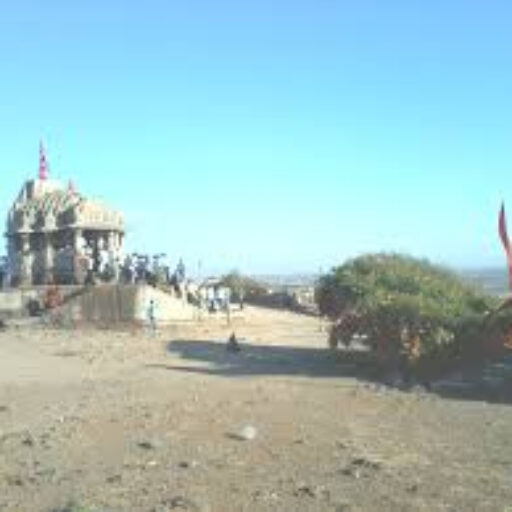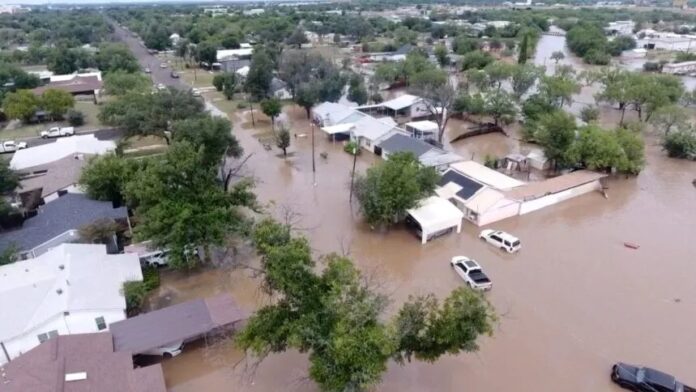Kerr County, TX – July 8, 2025 – At least 104 people are confirmed dead, many of them young children, after unprecedented flash flooding ravaged Central Texas over the July 4th weekend. Torrential rainfall caused rivers to swell beyond historic levels, sweeping away homes, vehicles, and even summer camps in what is now being called one of the deadliest natural disasters in Texas history.
The tragedy has gripped the nation, with entire communities mourning and families searching for missing loved ones. Emergency services continue search-and-rescue efforts in areas still under threat from continued rainfall and dangerously high river levels.
Camp Mystic Tragedy: Young Lives Lost
The most heartbreaking scene unfolded at Camp Mystic, a beloved summer camp for girls located along the Guadalupe River in Kerr County. On the morning of July 6, walls of water crashed through the campgrounds after more than 20 inches of rain fell over two days. Swift floodwaters overwhelmed cabins before many campers could evacuate.
Officials confirmed 27 fatalities from Camp Mystic alone — including 24 children and 3 adult counselors. An additional 11 people remain missing, including 10 campers and 1 counselor.
“This is the most devastating event I’ve seen in 30 years of emergency response,” said Sheriff Morgan Lyles of Kerr County. “We are doing everything in our power to find the missing and bring closure to families.”
Record-Breaking Rain and Unpredictable Flash Flooding
The National Weather Service reported that parts of the Texas Hill Country received up to 22 inches of rain between July 4 and July 6. The Guadalupe River rose over 33 feet in under two hours, a rate that overwhelmed both natural barriers and manmade flood defenses.
Flash flood watches were issued ahead of time, but many residents and visitors — including camp operators — were caught off guard by how fast the waters surged.
Weather experts have called this a “500-year flood event”, with climate scientists warning that such extreme weather is becoming more frequent due to global climate change.
Devastation Across Multiple Counties
While Kerr County bore the brunt of the fatalities, Medina, Bandera, Kendall, and Comal counties also reported extensive flooding and infrastructure damage. Dozens of homes were washed away, and several rural highways and bridges collapsed under the force of water.
Key statistics as of July 8:
104 confirmed deaths
30+ people missing statewide
28+ children confirmed dead
$18–22 billion in estimated damages
Thousands displaced from their homes
Over 1,000 rescue workers deployed
Entire neighborhoods remain inaccessible due to mudslides and submerged roads. Power outages persist in several rural towns, and water contamination has prompted boil-water notices across six counties.
Rescue and Recovery Efforts Underway
Over 1,000 personnel from FEMA, the National Guard, and local agencies are involved in the ongoing search and recovery operations. Rescue efforts include airboats, high-water vehicles, and helicopters. Canine search units are assisting in locating victims buried under debris or swept into wooded areas.
Drone interference has been a significant issue, with unauthorized drone flights grounding rescue helicopters and delaying operations. Texas officials are asking the public to avoid flying personal drones over disaster zones.
Federal Disaster Response and Investigations
In response to the crisis, President Trump signed a Major Disaster Declaration on July 7, unlocking federal funds for recovery and emergency aid. Governor Greg Abbott also activated the full Texas National Guard and has promised a full investigation into whether flood warnings were too slow or insufficiently distributed, particularly in rural camp areas.
Lt. Governor Dan Patrick emphasized the need to upgrade Texas’s emergency alert infrastructure, noting that some rural communities lack adequate siren systems or real-time communication.
“We owe it to the families of the children lost to ensure this never happens again,” Patrick said during a press briefing in Austin.
Climate Change and Future Risk
Environmental scientists say the Texas Hill Country, with its limestone terrain and shallow river valleys, is especially vulnerable to rapid-onset flooding. Climate models predict that warmer air and ocean temperatures will lead to more intense and frequent downpours across the Southern U.S.
The recent floods have reignited calls for more robust climate resilience strategies in Texas, including:
Early flood warning systems
Elevated evacuation shelters
Floodplain management
Sustainable infrastructure investments
How to Help: Donations and Support
Humanitarian groups have mobilized to support victims. You can donate or volunteer through the following organizations:
American Red Cross
Texas Disaster Relief Fund
Save the Children
VolunteerTexas.org
Local blood banks are also calling for urgent donations due to high medical demand.
Conclusion: A State in Mourning
As Texas begins the long road to recovery, communities are left grieving unimaginable loss — especially the young lives taken at Camp Mystic. With more rain in the forecast and rescue efforts continuing, the true scale of this disaster may not be fully understood for days to come.
Stay informed, stay safe, and help however you can.







